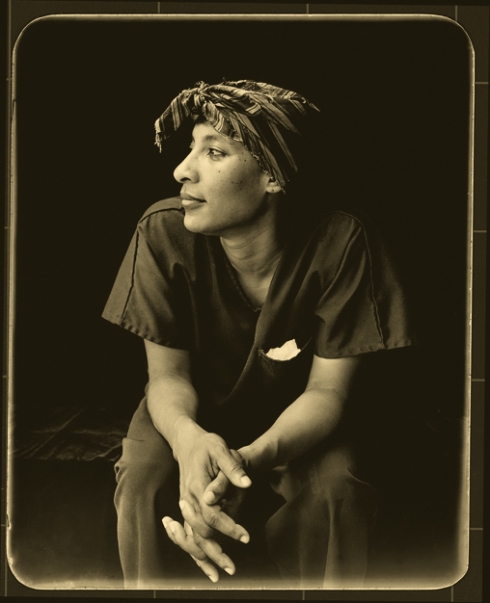
ONE BIG SELF
I have told many people in person that Deborah Luster’s One Big Self is the most impressive prison photography endeavour to date. I have been slow to state as such on this forum because the scope, details and inspiration of the project are so overwhelming.
Every portrait deserves an essay, but that obviously is not possible. Rather than delay any further, my aim here is to present many of Luster’s portraits, describe the bare facts, and provide some further resources to understand the work.
THE FACTS
Completed between 1998 and 2003.
Portraits taken in many different prisons – mens and womens facilities; minimum to maximum security throughout Louisiana; and with different levels of supervision.
Tens of thousands of portraits taken.
Luster estimates she gave away 25,000 portraits to prisoners over the course of the project.
Luster worked fast – 10 to 15 portraits per hour. At a point working in sheer volume became the only reasonable way to respond to the size of the prison population with which she was engaged.
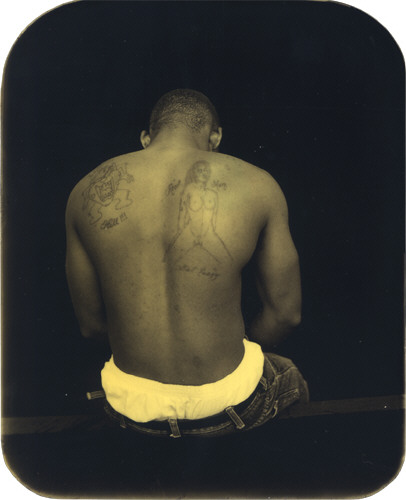
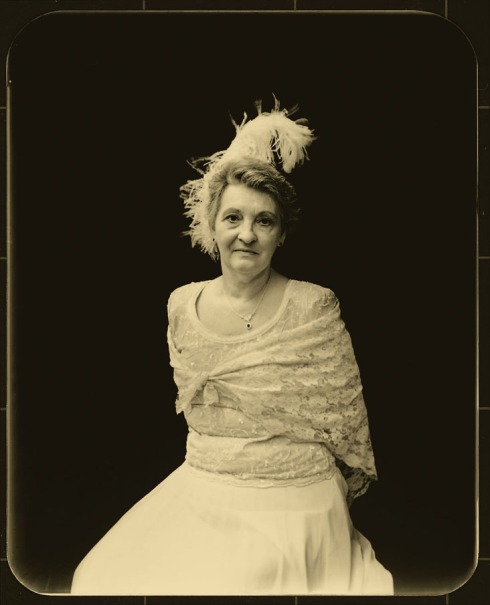
BACKSTORY
Luster got involved in this longitudinal study through a chance request. Luster’s emotional standing at the time of beginning was – is – atypical and unexpected.
Luster’s mother was murdered in 1988; “Although I was interested in photography prior to that time, I didn’t study or practice it. I began photographing in response to her murder.”
Luster did not deliberately go in search of the subject. In 1998, she was driving near Lake Providence, Louisiana when she came upon East Carroll State Prison Farm. She literally knocked on the front gate. There and then Warden Dixon gave her sanction to begin the endeavour.


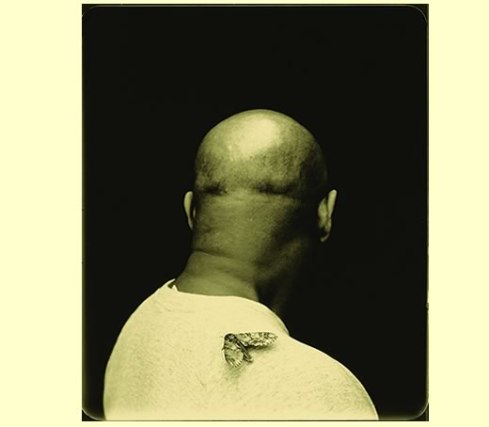

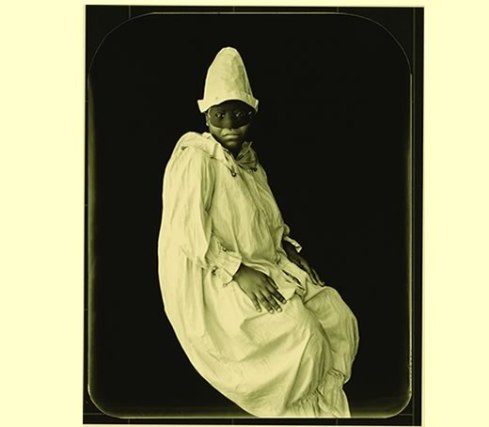
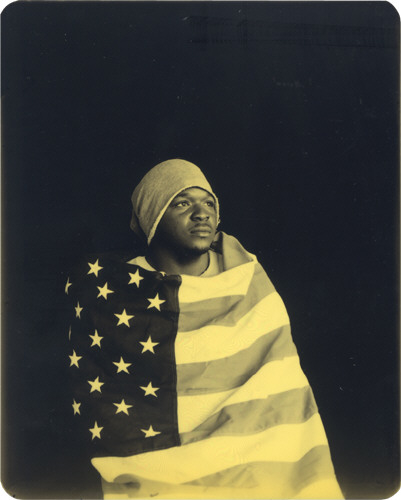
VIDEO & AUDIO
SFMoMA has done us a great service in recording and publishing the following video shorts.
In four videos, Luster describes the ORIGINS of the project, elements of ACCIDENTAL PERFORMANCE, printing on ALUMINIUM PLATES, and comments on INDIVIDUAL WORKS.
Remarkable tales.
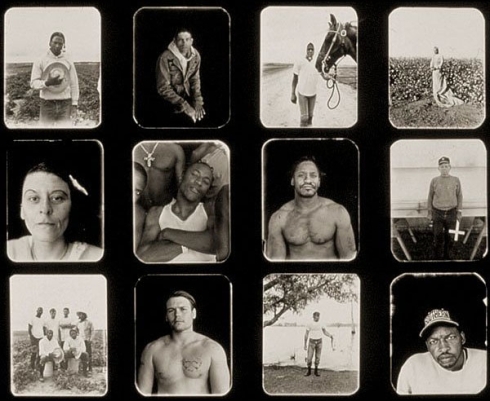
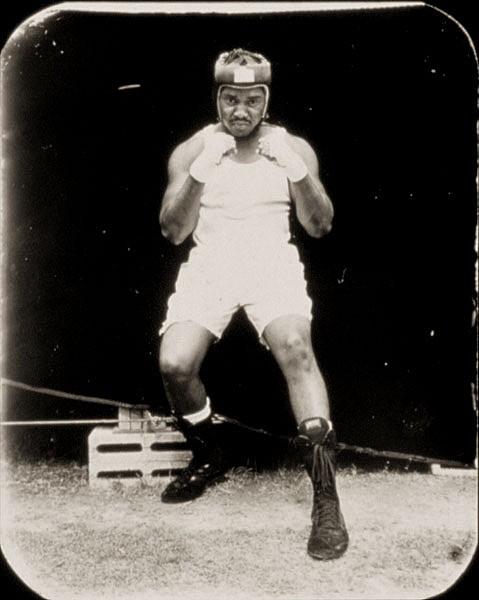
RESOURCES
Deborah Luster is represented by Catherine Edelman Gallery, who present the best online selection of her portraits.
Good background information is provided by Doug McCash of the New Orleans Times Picayune; David Winton Bell Gallery at Brown; and Grace Glueck of the New York Times.
In 2000, One Big Self was exhibited at the Center for Documentary Studies at Duke, providing an overview and gallery of the project.
INTERVIEW
The best in-print interview with Luster is included in recent publication, PRISON/CULTURE (City Lights), which I reviewed two months ago.
THE BOOK: ONE BIG SELF
The book is at a premium now and you’ll struggle to find it for under a $100. It is published by Twin Palm Press.
IMAGE/WORDS
Luster collaborated with writer/poet C.D. Wright. Luster’s images and Wright’s poetry are a great complement to one another. Listen to Wright read her poetry from the project.
A PROJECT ONGOING
Despite the passage of seven years since the projects official closure, Luster’s career continues to be defined by her ground-breaking, genre-defining project. Her lectures are vital in that she describes the many facets of the project – from security arrangements, to gear (she generally worked with digital), to processing (she made use of tintype imitation technique printing onto small metal sheets), to the specifics of exhibition.
The image below shows a steel cabinet and lamp (containing 288 silver-emulsion aluminum plates) as it was displayed at the San Francisco Museum of Modern Art and other institutions. Luster wanted to create a tangible viewing experience in which the audience were required to handle the archive of human life in the same way the state of Louisiana organised and disciplined the bodies under its supervision.
In the video (below) Luster talks us through the senses and noises of the exhibit design.
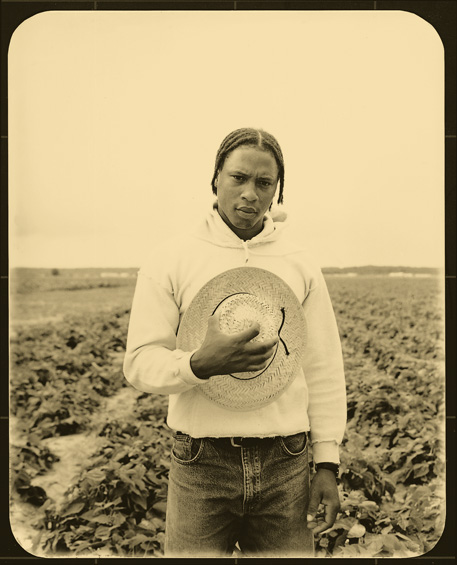

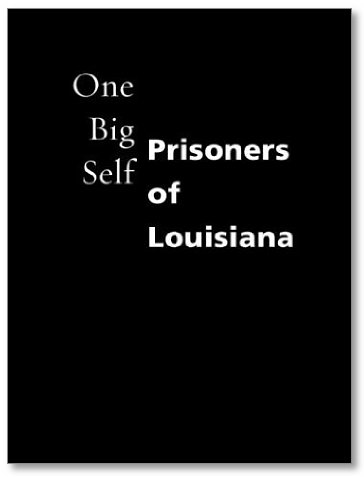
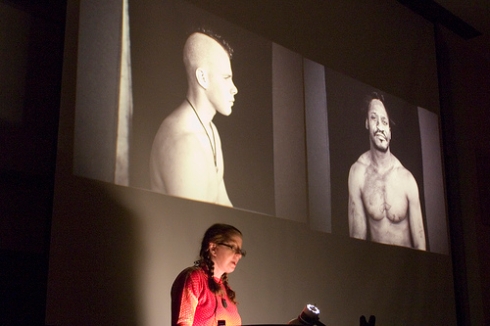
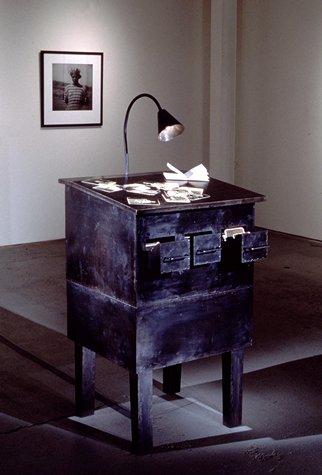
16 comments
Comments feed for this article
July 1, 2010 at 7:06 am
Dan
Thanks for this. Stunning! Do you know Christine Rathbone’s A World Apart? She uses the first portrait on the cover.
July 6, 2010 at 12:33 am
IVAN JALOPKIN
Excellent Studies … every one of them, and the Sepia Tone is a brilliant touch, which confirms a world(inside) that just STOPS, and rarely changes, while the world outside spins at an ever increasing rate ……. I have seen Inmates that have been locked up more than half of their lives, who don’t look a whole lot different from the way they did on the day they went in, and most of the Old Timers, the Lifers … had no concept of time …
Excellent Shots !!!
July 7, 2010 at 3:23 pm
Diehl Art Gallery
Such strong imagery. Thanks for sharing these!
February 9, 2011 at 1:13 pm
Deborah Luster ‘One Big Self’ | Julia R Frost
[…] can read more about Deborah Luster here: https://prisonphotography.wordpress.com/2010/06/30/one-big-self-by-deborah-luster-you-are-an-invisibl… This entry was posted in artists and inspiration, Picturing the body, Year 2. Bookmark the […]
February 12, 2011 at 2:20 am
A Brief History of Prison Photography « Prison Photography
[…] Orr (Leeds, England), Mohamed Bourouissa (Paris, France); Deborah Luster (Louisiana, USA), Klavdij Sluban (France and Eastern Europe), Mikhael Subotzky (South Africa), Steve […]
March 2, 2011 at 10:45 pm
Ruby Stack o'Lee
These are truly fascinating pictures. Is the woman in white near the beginning her mother?
March 12, 2011 at 2:27 pm
‘The Last Supper’: A Visit to Julie Green’s Studio « Prison Photography
[…] of the San Francisco State University show Criminal along with artists such as William Pope. L and Deborah Luster. Green’s work was included in the follow up book PRISON/CULTURE, (Ed. Bliss, Sharon E., Kevin […]
June 2, 2011 at 6:01 pm
KR Blog » A Double Exposure: A Roll On Poetry & Photography
[…] One Big Self worked to avoid: it was clear, as Wright’s long poem appeared in sections alongside Luster’s plates, that each artist was working in the same place and in the same time, but the language was never a […]
September 8, 2011 at 9:44 am
Creator Q&A: Pete Brook and Prison Photography | ABC Art Gallery
[…] Deborah Luster spent five years making portraits and imitation tintypes of prisoners in the Louisiana prison system. She did so in the cotton fields, at Halloween and Mardi Gras pageants, at the renowned Angola Prison Rodeo. Her subjects improvised with costume and created very personal self-depictions. The photography itself is beautiful and gives audiences a new way into the lives of prisoners. Deborah estimates she gave away 25,000 prints of her images to her inmate-subjects. Not surprisingly, they were prized objects. ‘Comstock, NY State Prison’, 2009 © Stephen Tourlentes. […]
October 30, 2011 at 4:22 pm
Edward S. Curtis, Deborah Luster and Susan Sontag’s ON PHOTOGRAPHY | The Academic Factory
[…] Luster’s photographs from One Big Self. Like this:LikeBe the first to like this post. This entry was posted in Photography, Visual […]
January 17, 2012 at 6:51 am
‘Cruel and Unusual’: Prison Photography Exhibition at the Noorderlicht Gallery, Holland « Prison Photography
[…] photographers: Araminta de Clermont, Amy Elkins, Alyse Emdur, Christiane Feser, Jane Lindsay, Deborah Luster, Nathalie Mohadjer, Yana Payusova, Lizzie Sadin, Leah Tepper-Byrne and Lori […]
February 26, 2012 at 4:32 pm
ON PHOTOGRAPHY: SUSAN SONTAG, EDWARD S. CURTIS, AND THE ETHICS OF REPRESENTATION | The Academic Factory
[…] Luster’s photographs from One Big Self. Like this:LikeBe the first to like this post. This entry was posted in Lectures, Photography, […]
March 28, 2012 at 9:22 am
Prison Photography: An Interview with Pete Brook | Feature Shoot
[…] prison subcultures of the 1970s. Melania Comoretto for her empathy with female Italian prisoners. Deborah Luster for her multi-year collaboration with prisoners, during which she estimates she gave away 15,000 […]
April 24, 2012 at 5:48 am
Guest Lecture: Pete Brook – ‘Tattoos, scars and tears, Robert Gumpert’s work in San Francisco jails’ « PICBOD – A free and open undergraduate photography class
[…] Orr (Leeds, England), Mohamed Bourouissa (Paris, France); Deborah Luster (Louisiana, USA), Klavdij Sluban (France and Eastern Europe), Mikhael Subotzky (South […]
July 26, 2012 at 6:40 pm
C.D. Wright: One Big Self | YRTEOP: Poetry Turned Around | YRTEOP: Poetry Turned Around
[…] Prison Photography- One Big Self Tags: C.D. Wright, Deborah Luster, One Big Self Previous postAn Interview with Poet Matthew Zapruder […]
February 7, 2013 at 12:58 pm
Focusing In | M. Campbell
[…] https://prisonphotography.org/2010/06/30/one-big-self-by-deborah-luster-you-are-an-invisible-populati… […]